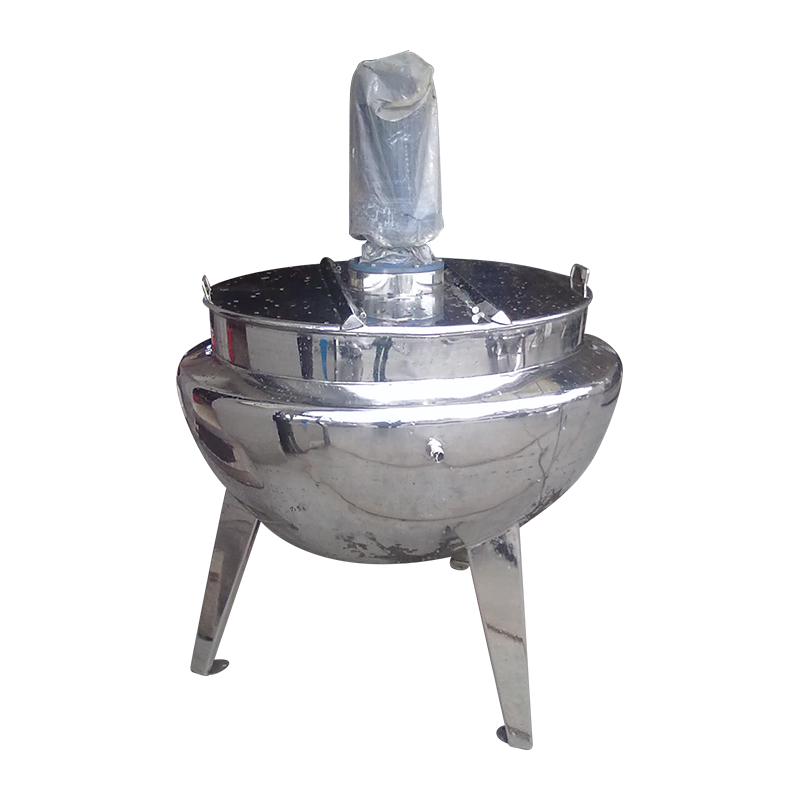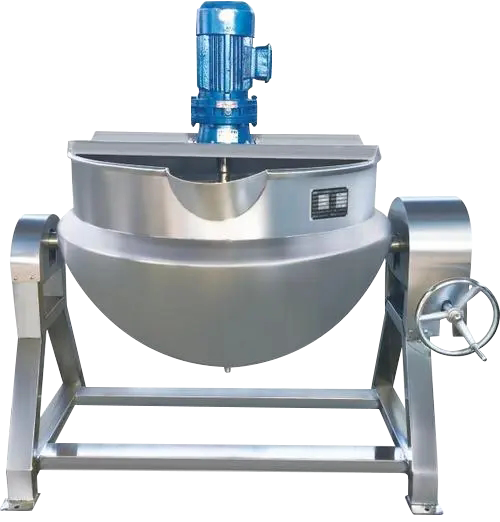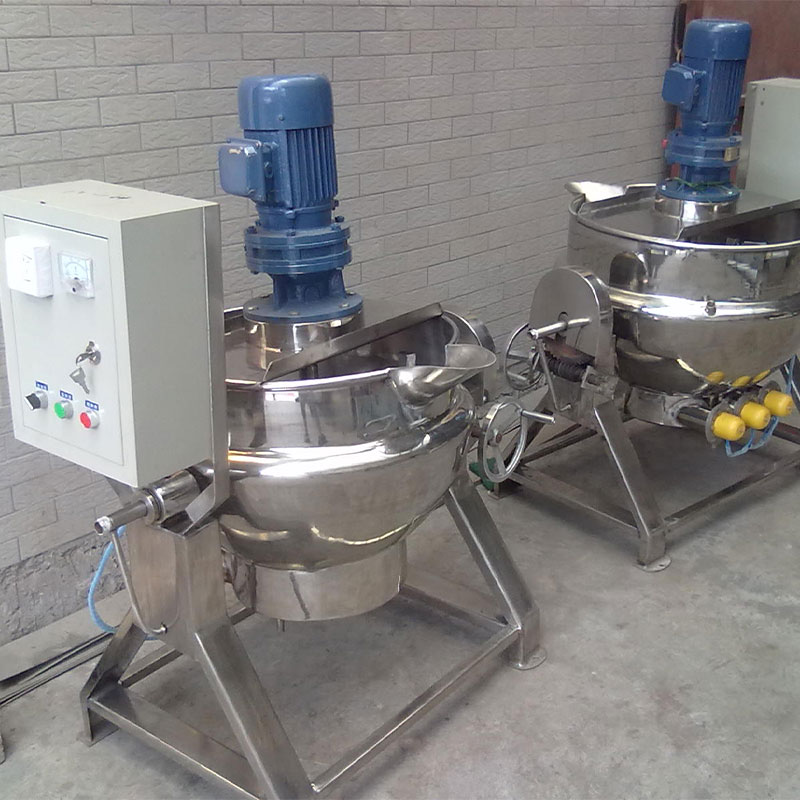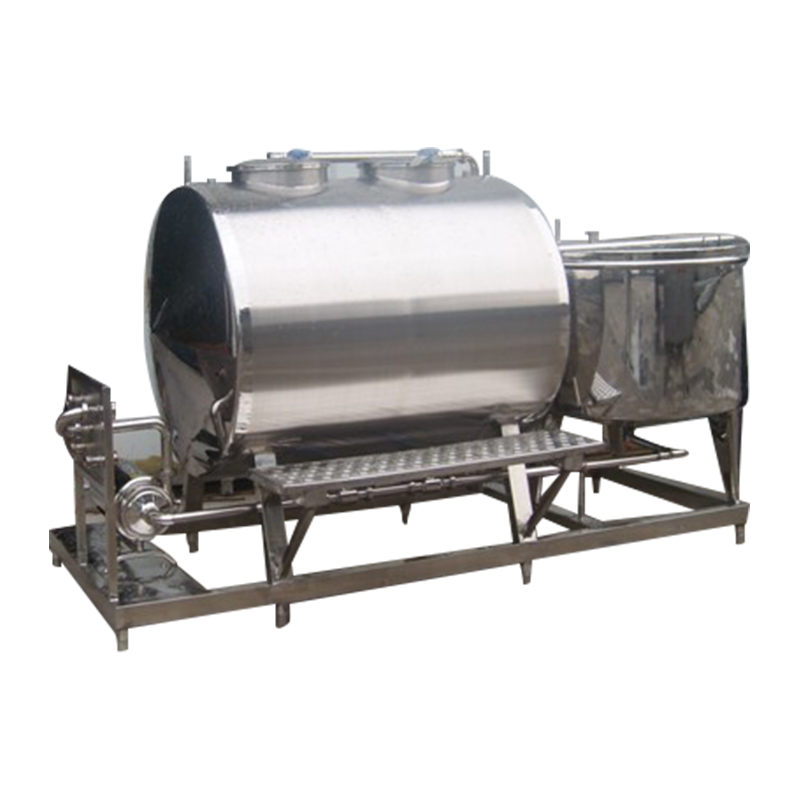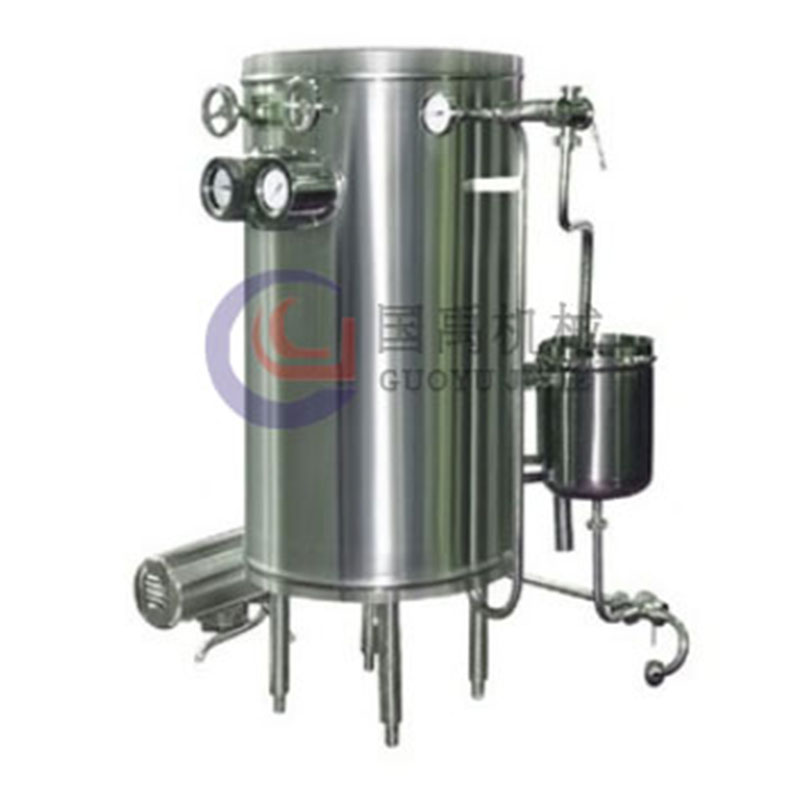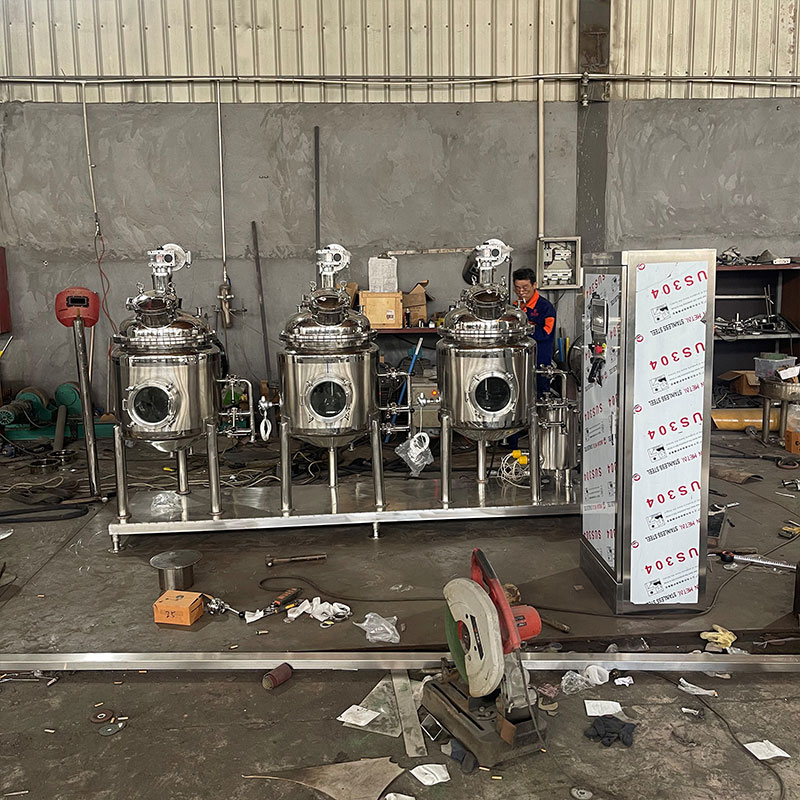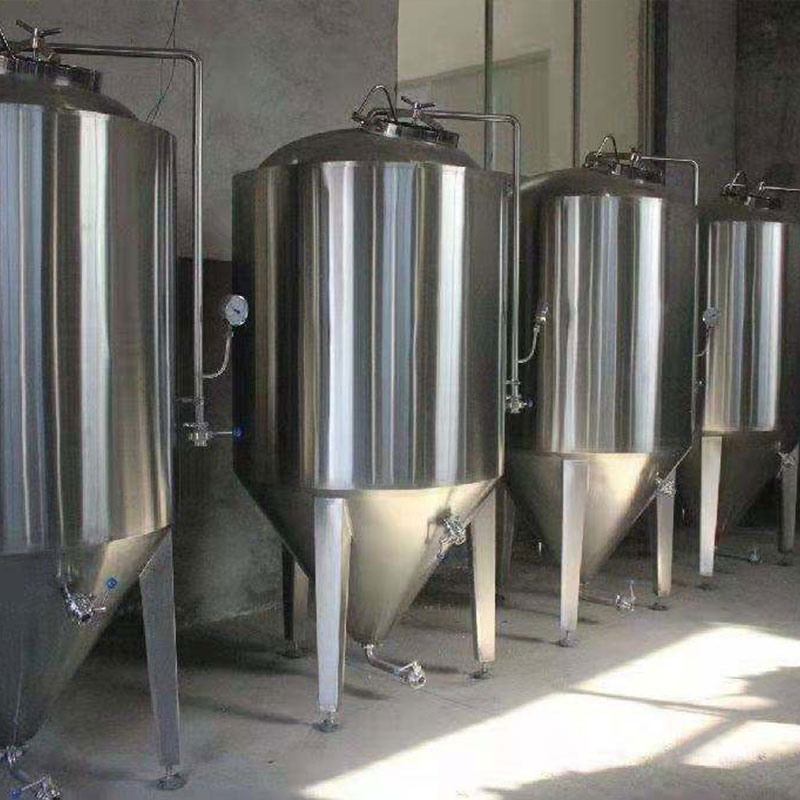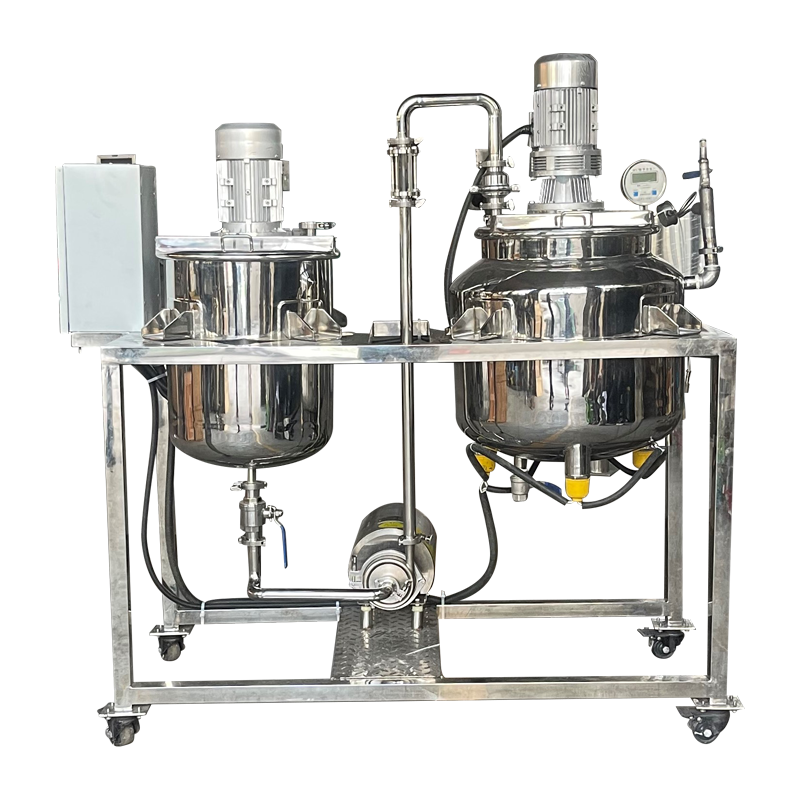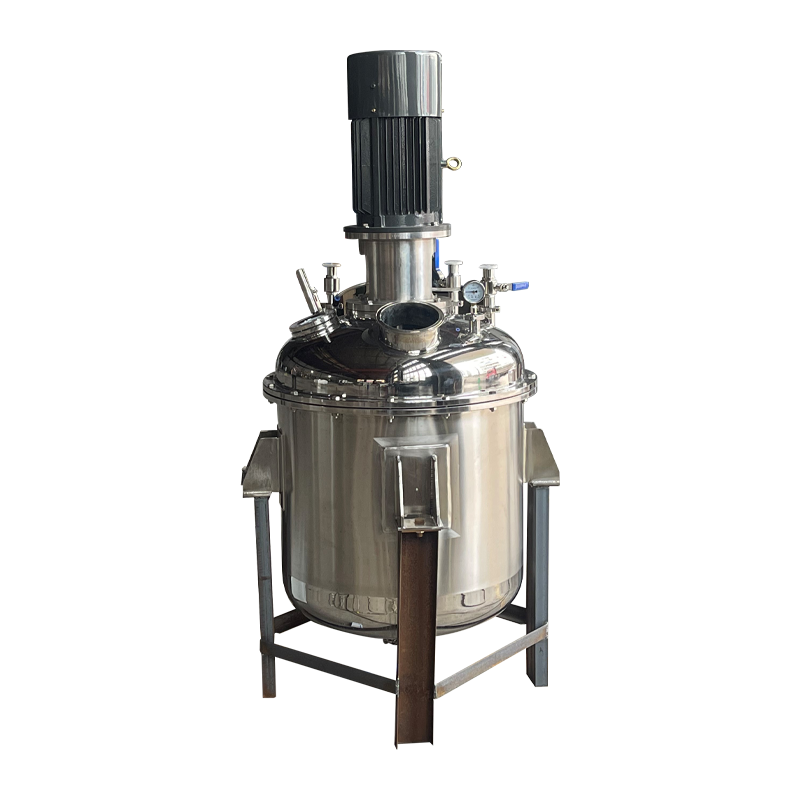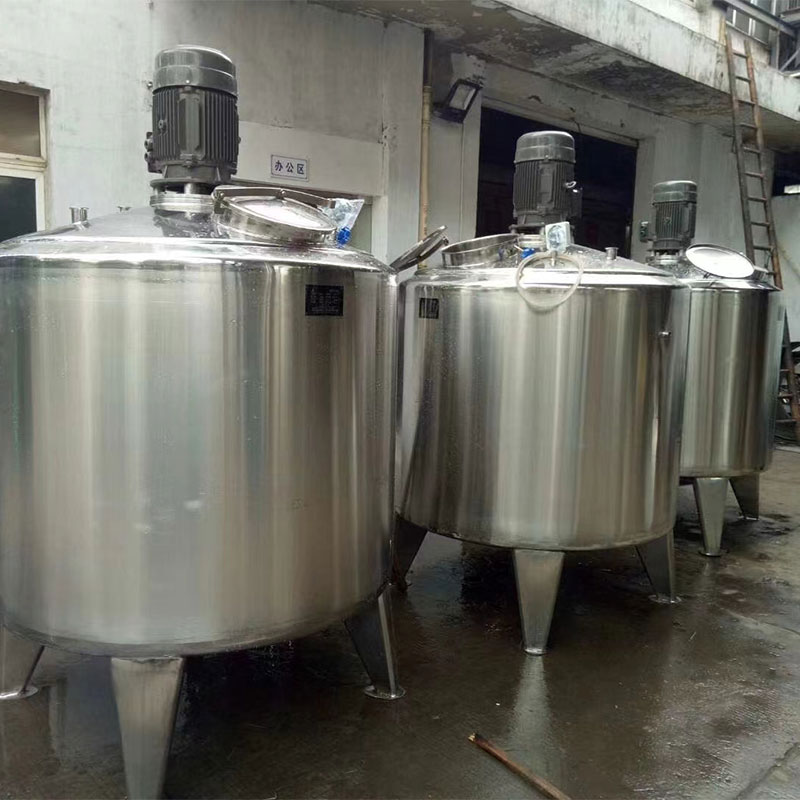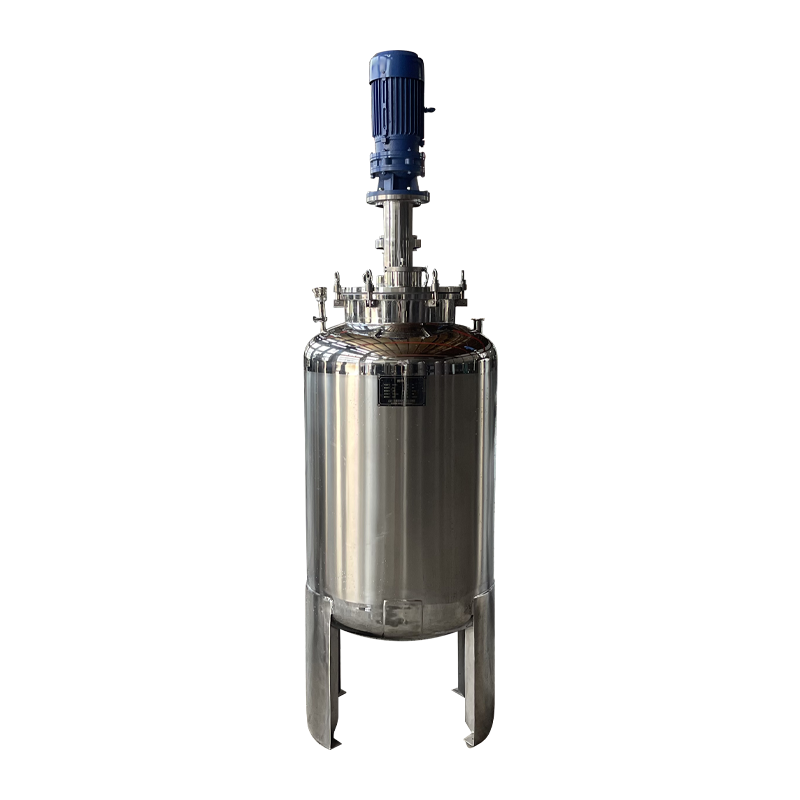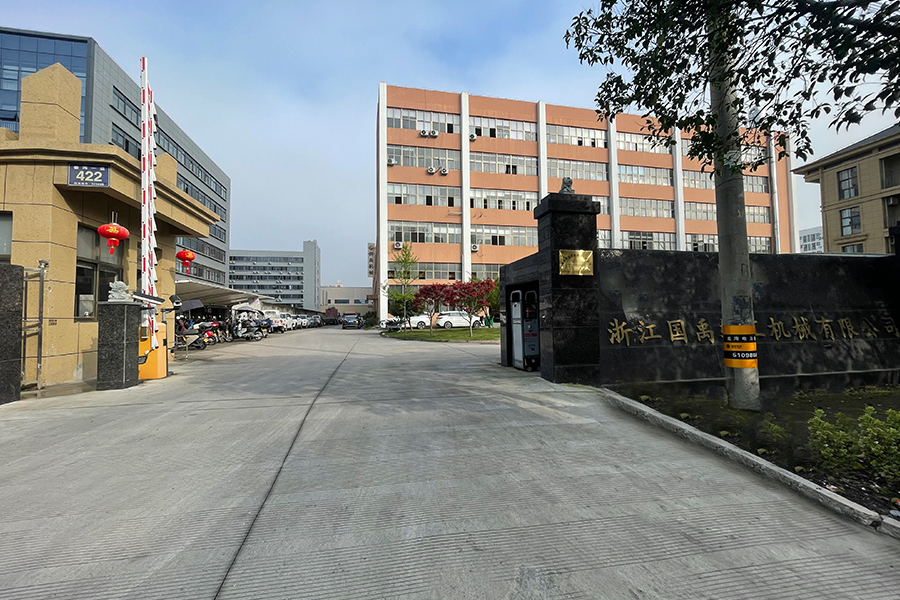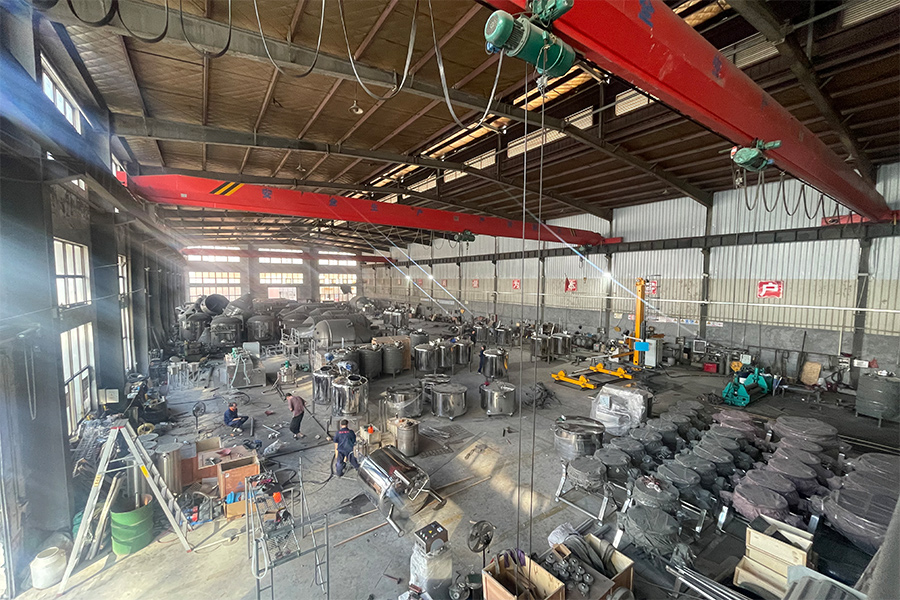A Dairy & Food Can is a container specifically designed for the storage and transportation of milk, cream, and other liquid or semi-liquid food products. Commonly used in dairy farms, food processing facilities, and catering services, these cans are typically made from stainless steel or food-grade materials to ensure hygiene and prevent contamination. They often feature secure lids, handles, and smooth interior surfaces for easy cleaning. Dairy & food cans are designed to maintain freshness and protect contents from external elements during handling and transport, making them a practical solution for safe food storage and delivery in various settings.
How Stainless Steel Food Cans Support Safe Food Handling
A Stainless Steel Food Can is a durable container designed for the safe storage and handling of a wide range of food products. It is widely used in food processing facilities, commercial kitchens, and catering operations where hygiene and material integrity are important.
These cans are typically constructed from food-grade stainless steel, offering resistance to corrosion, staining, and chemical interaction. The non-reactive surface ensures that the stored food retains its original taste, quality, and nutritional value. Stainless steel also withstands frequent cleaning, high temperatures, and exposure to moisture, making it suitable for long-term use.
Stainless steel food cans come in various sizes and capacities to meet different storage needs. They often feature tight-fitting lids to prevent contamination and spillage, and may include handles for easier transport and handling. Smooth interior surfaces support easy cleaning and help small the buildup of residue or bacteria.
These containers are used for storing sauces, broths, fruits, vegetables, grains, and other food items, both in liquid and solid form. In food preparation environments, they support both temporary and longer-term storage, helping to maintain cleanliness and organization.
In summary, stainless steel food cans provide a dependable option for food storage in professional settings. Their strength, chemical resistance, and sanitary properties make them a preferred choice for applications where food safety and durability are essential.
Durability and Safety of Stainless Steel Dairy Cans
A Stainless Steel Dairy Can is a specialized container designed for the collection, transport, and storage of milk and other dairy liquids. Commonly used in dairy farms, milk processing units, and distribution systems, this type of can emphasizes hygiene and durability.
Constructed from food-grade stainless steel, these cans offer good resistance to rust, chemical reactions, and wear. Their smooth and non-porous interior helps prevent bacterial buildup and ensures easy cleaning, which is crucial in handling perishable dairy products. The material does not affect the taste or quality of the contents and withstands frequent sterilization.
Stainless steel dairy cans are available in various capacities and typically feature secure lids to avoid spillage and contamination. Strong handles allow for comfortable lifting and transport, even in demanding field conditions. The robust design supports repeated use without degradation in structural performance.
These cans are used to transport fresh milk from farms to processing plants or retail locations. They are also suitable for cream, buttermilk, or other liquid dairy products. Their strength and sealing features help preserve the freshness and safety of the contents during transit.
In conclusion, stainless steel dairy cans provide a reliable method for hygienic and efficient handling of dairy liquids. Their corrosion resistance, ease of maintenance, and sturdy design make them a common choice in both traditional and modern dairy operations.







